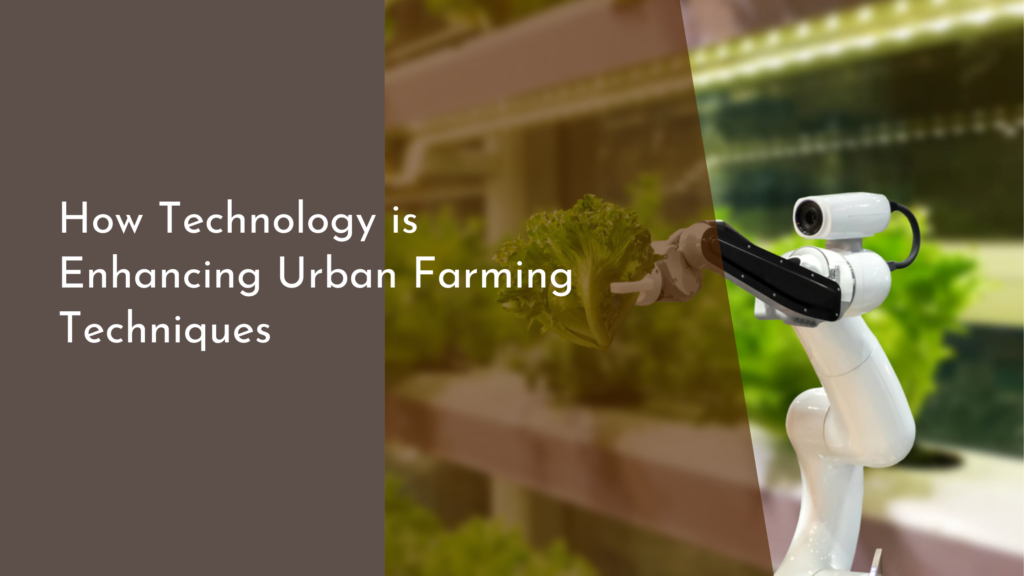Urban Forests in Shaping Greener Urban Transportation
In an increasingly urbanized world, cities are facing a multitude of challenges, including traffic congestion, pollution, and a lack of greenery. Urban forests, the green lungs of our cities, offer a promising solution to enhance urban mobility while simultaneously improving the quality of life for city dwellers. These green spaces play a pivotal role in shaping transportation systems that are not only efficient but also environmentally friendly. In this article, we will explore the relationship between urban forests and sustainable mobility, and how trees can transform the way we navigate our cities.
Discovering the Role of Urban Forests in City Mobility
Urban forests are not just aesthetically pleasing; they serve as vital components in the infrastructure of modern cities. By integrating green spaces into urban planning, cities can create more walkable and bike-friendly environments. Trees provide shade, making it more comfortable for pedestrians and cyclists to navigate through busy streets. They also help to calm traffic by creating a more inviting atmosphere, which encourages slower driving speeds and enhances safety for vulnerable road users. As cities continue to grow, recognizing the role of urban forests in mobility can lead to innovative transportation solutions.
Moreover, urban forests contribute to reducing the urban heat island effect, which can deter people from walking or cycling during hot weather. With more tree canopies in urban areas, cities are cooler and more pleasant, motivating citizens to opt for eco-friendly transportation methods. This holistic approach can lead to a balanced ecosystem where nature coexists with transportation needs, ultimately fostering a culture that embraces greener travel.
How Trees Boost Eco-Friendly Transportation Options
Trees and green spaces play a crucial role in promoting public transportation systems. Urban forests can be strategically placed near transit stations, enhancing the commuting experience for passengers and making public transport more appealing. The presence of trees can create inviting waiting areas, which not only beautify transit stops but also encourage people to use these options instead of personal vehicles. As public transport becomes more appealing, cities can reduce congestion and air pollution, contributing to a healthier urban environment.
In addition to public transport, urban forests support the development of cycling infrastructure. Dedicated bike lanes lined with trees can create a serene and safe environment for cyclists, encouraging more people to take up biking as a mode of transportation. This shift not only reduces vehicular traffic but also promotes a culture of health and fitness among urban residents. By prioritizing green spaces, cities can create a more interconnected transportation network that supports eco-friendly practices.
Benefits of Green Spaces for Urban Commuters Everywhere
The benefits of urban forests extend beyond transportation; they also enhance the overall well-being of city residents. Green spaces have been shown to reduce stress levels, improve mental health, and promote physical activity. When urban commuters have access to parks and tree-lined streets, they are more likely to engage in walking or biking, which contributes to a healthier lifestyle. As more people choose to commute via these methods, cities can experience an overall improvement in public health outcomes.
Additionally, urban forests contribute to cleaner air and lower noise pollution, which are essential for the well-being of all urban dwellers. Trees act as natural air filters, absorbing harmful pollutants and releasing oxygen, which can significantly improve the quality of life in dense urban settings. This enhancement creates a more appealing environment for everyone, from commuters to residents, making urban spaces more livable and enjoyable.
Steps to Enhance Urban Forests for a Greener Future
To maximize the benefits of urban forests, cities must prioritize planting and maintaining trees as part of their transportation planning strategies. Local governments and urban planners should work closely with community members to identify suitable locations for new tree plantings, ensuring that they align with existing transportation corridors. Creating partnerships with non-profit organizations and community groups can help mobilize resources and volunteers for tree planting initiatives, fostering a sense of community ownership.
Moreover, cities should implement policies that protect existing urban forests while promoting sustainable landscape practices. This includes regular maintenance of urban trees to ensure their health and longevity, as well as the integration of native species that are well-adapted to the local environment. By investing in urban forestry programs, cities can create a greener, more sustainable transportation network that enhances mobility and enriches the urban experience for all.
Urban forests are invaluable assets in the quest for greener urban transportation. By promoting eco-friendly mobility options, enhancing commuter well-being, and committing to the enhancement of green spaces, cities can pave the way for a more sustainable future. As we embrace the importance of urban forests in shaping our transportation systems, we can look forward to vibrant, healthier cities where nature and urban life harmoniously coexist. Let’s all take part in fostering this green revolution for a brighter tomorrow!


